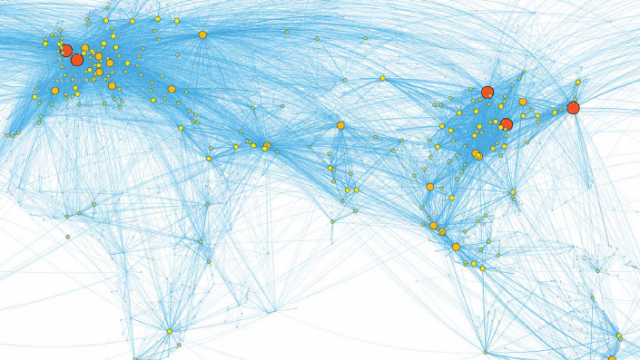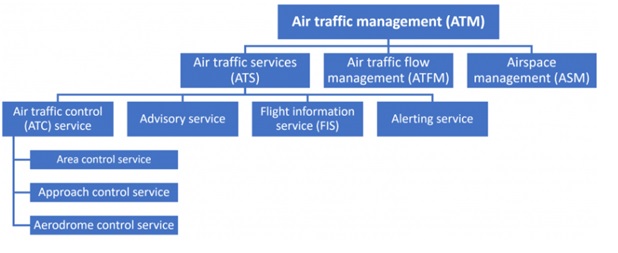Mar 02,2022 – Arzu ÇUBUKÇU

Air Navigation Service Providers (ANSP) are responsible for ensuring that aircraft can safely travel through the airspace. The industry is also responsible for helping with traffic optimization. Control of traffic at airports, terminals, in and around airspace takes place with Air Traffic Management (ATM) and Air Traffic Control (ATC).
Air traffic controllers working on ATC towers are responsible for maintaining a safe distance and flow between aircraft, both in the air and on the ground, to prevent accidents. Pilots depend on instructions from the air traffic controller to travel safely and efficiently from their point of departure to their destination.
The scope of Air Traffic Management services is as follows:
- Airspace organization and management
- Balance of demand and capacity
- Airport operations
- Traffic synchronization,
- Conflict management
- Airspace user operations
- An ATM consists of service delivery management
Air Traffic Management is examined in 3 main areas:
- Air Traffic Service (ATS): Its general purpose is to ensure safe and orderly traffic flow, to provide necessary information to flight crews (Flight Information Service, FIS), and to provide alert service to appropriate organizations in case of an emergency. ATS is usually performed by air traffic controllers who issue permits and instructions. ATS depends on traffic type and density, geographical conditions, available equipment, and meteorological conditions.
- Air Traffic Flow Management (ATFM): It is to regulate traffic flow efficiently to avoid congestion. In ATFM, demand is evaluated according to time, place, and method used. The best example of this is the selection of aircraft with suitable criteria for certain routes. ATFM measures do not affect the current situation, but rather the near future.
- Airspace Management (ASM): It aims to satisfy all users, both civilian and military, by using airspace, which is a scarce resource, in the most efficient way.

Source: skybrary.aero
Improvements in the airport service network help countries’ economic growth and regional development. The increase in airport passenger demand and the increase in airport preferability does not only mean the density in the airspace but also financial and cultural gain. For these reasons, good management of capacity and density is one of the basic needs of growth and development in terms of both airport and sector safety requirements.




